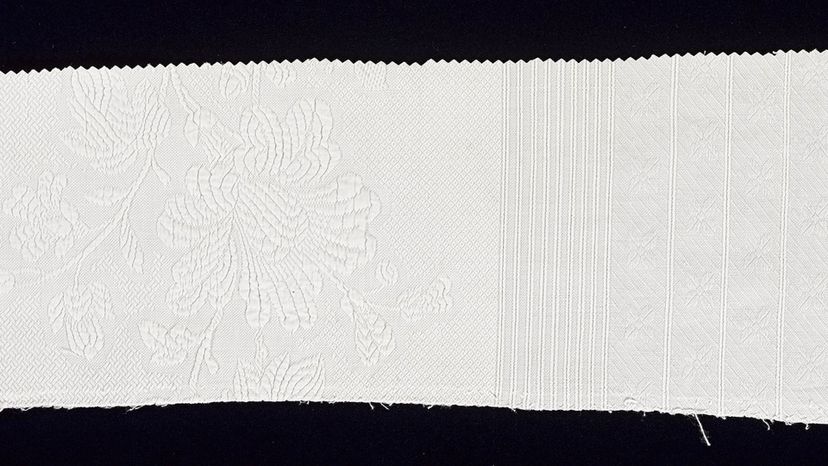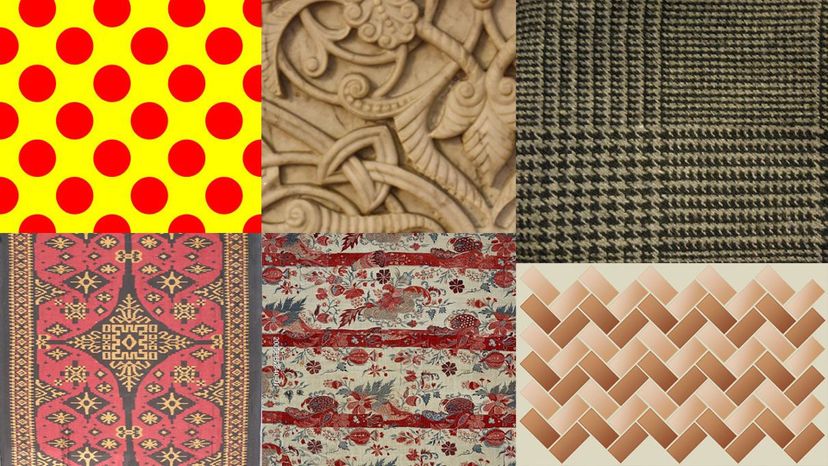
About This Quiz
Make a good impression! Put your knowledge of patterns and their origins to the test with this quiz designed to suit the fashion maven in you.Â
Many of the patterns we come across everyday have a rich and storied history rooted in the cultures that created them. In many cases, the patterns are more than just artistic expressions, as they are intricately linked to the customs, religions and identity of their respective regions.Â
Take the designs of the clans of Scotland or the Indonesian provinces like Bali, for example - each one is seamlessly woven into each society's traditions. In many instances, they have remained unchanged for centuries, making it an easy task to pinpoint their origins - so, it should be a breeze for you!
There are patterns which feature prominently on the architecture in different countries, particularly those in the Middle East and the Mediterranean. Some of these motifs have made their way from buildings, pottery and sculptures, and now adorn the fabrics of our lives. How many of those can you spot?
Then, there is that pattern which gets scanned each time you make a purchase and which has found its way into the interior design and fashion world. We're sure you can recall where that one was invented!
Only persons with a trained eye can easily spot which of these designs comes from where. Check out this quiz and prove you've got what it takes!
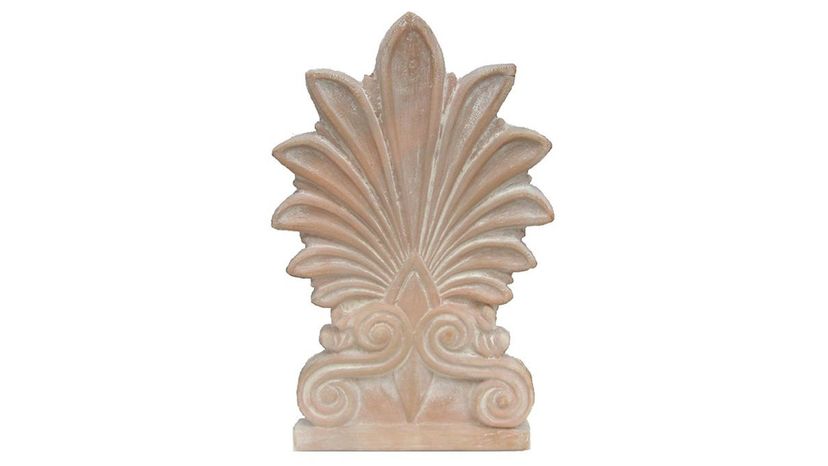
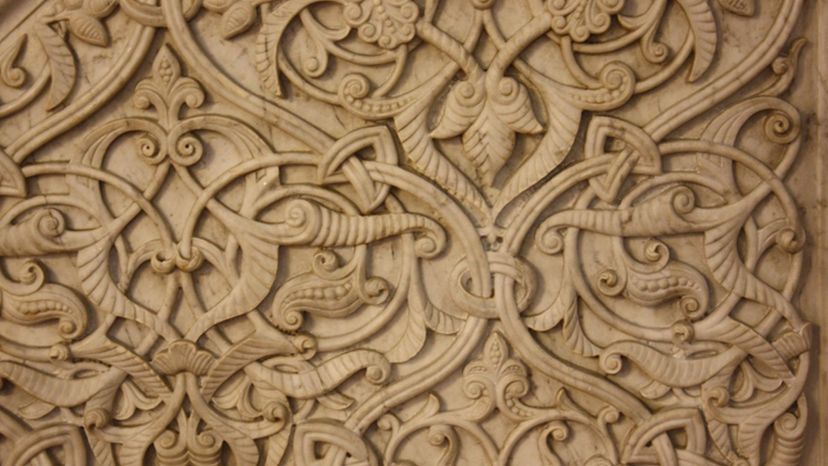

Advertisement
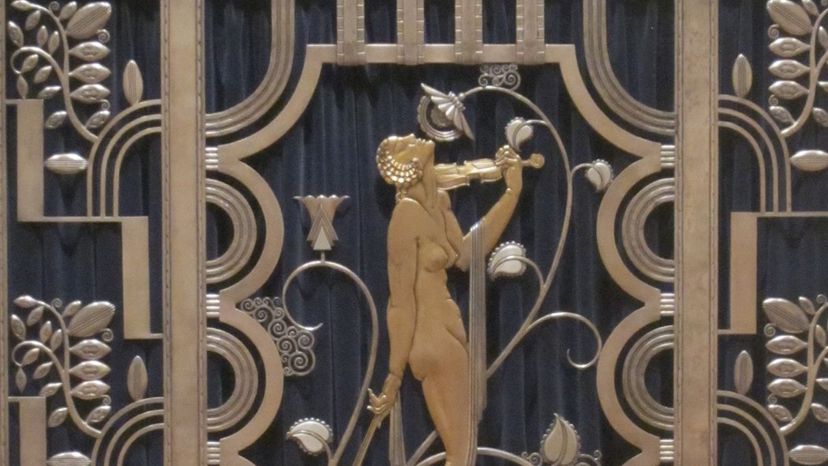
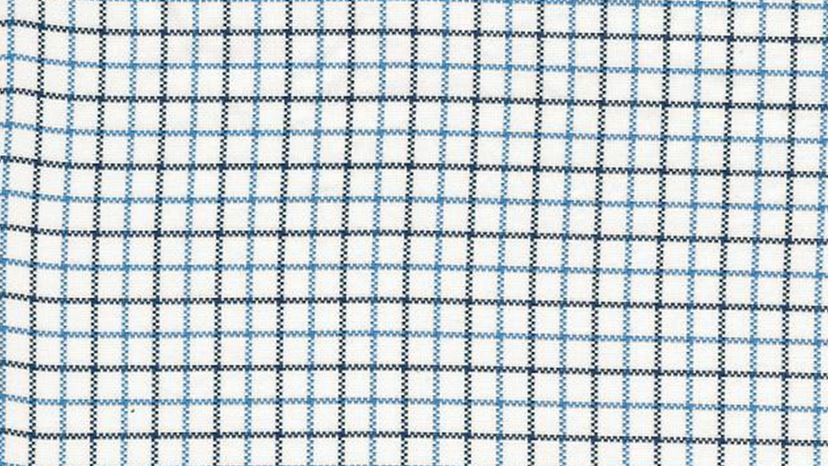
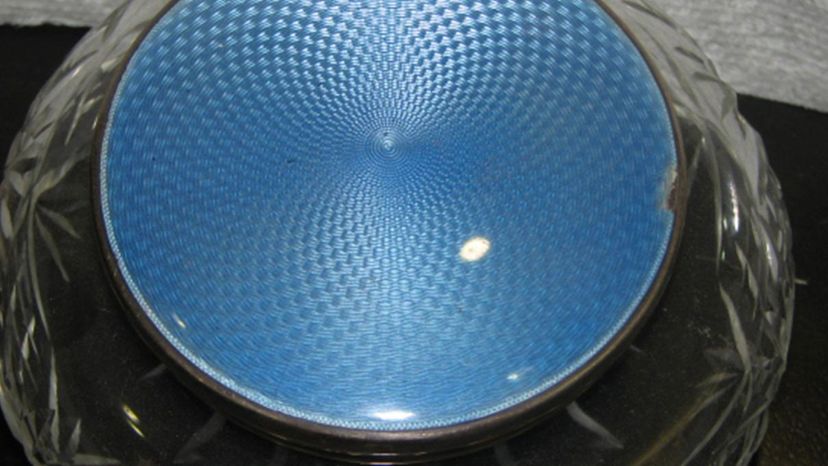
Advertisement
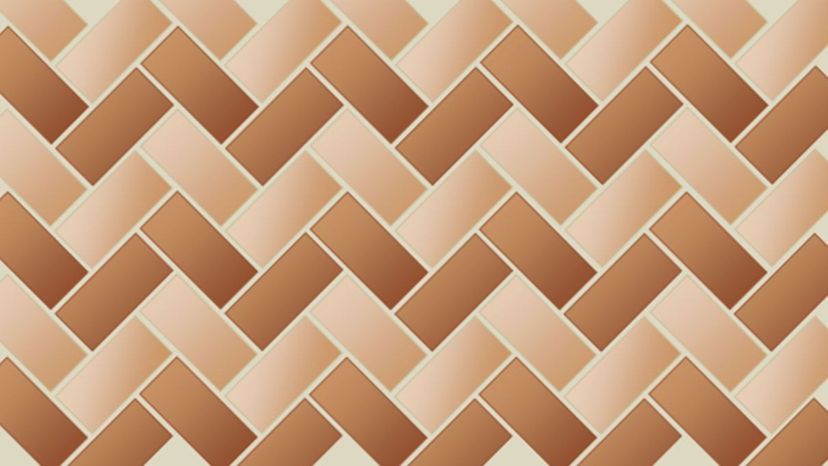
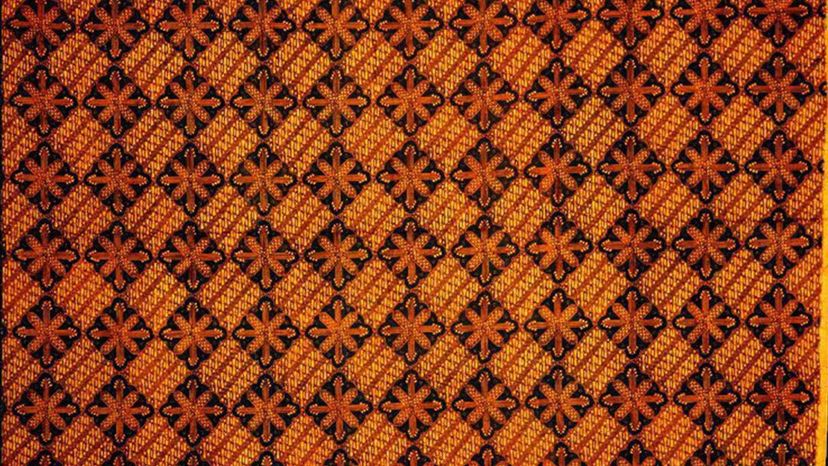
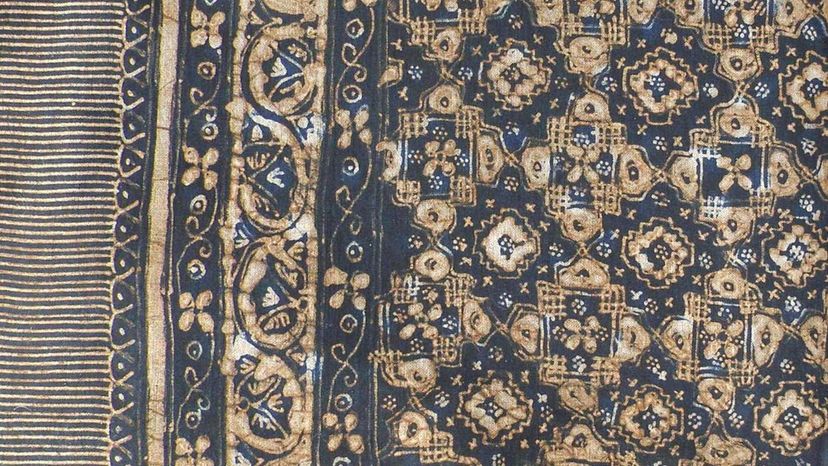
Advertisement
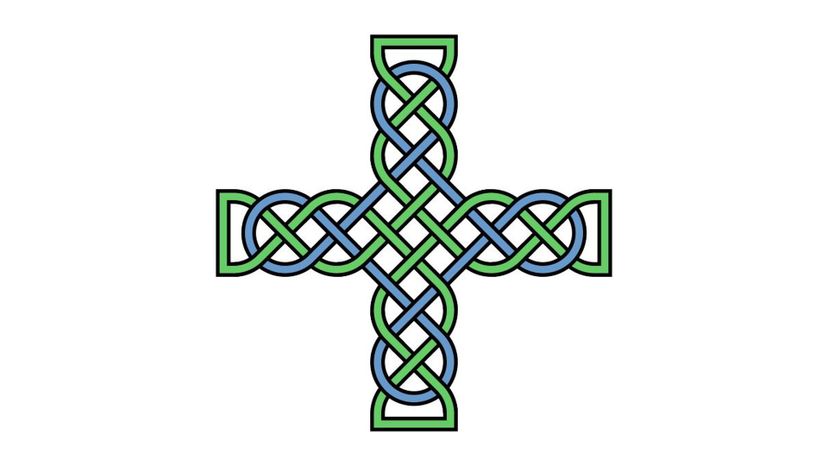
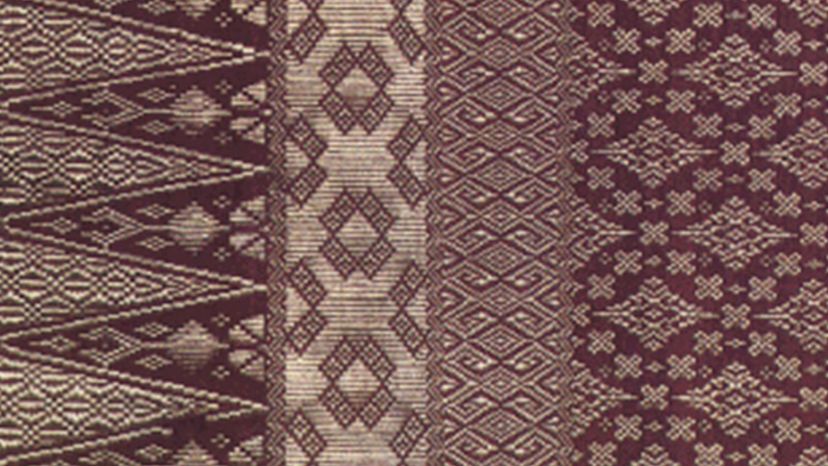
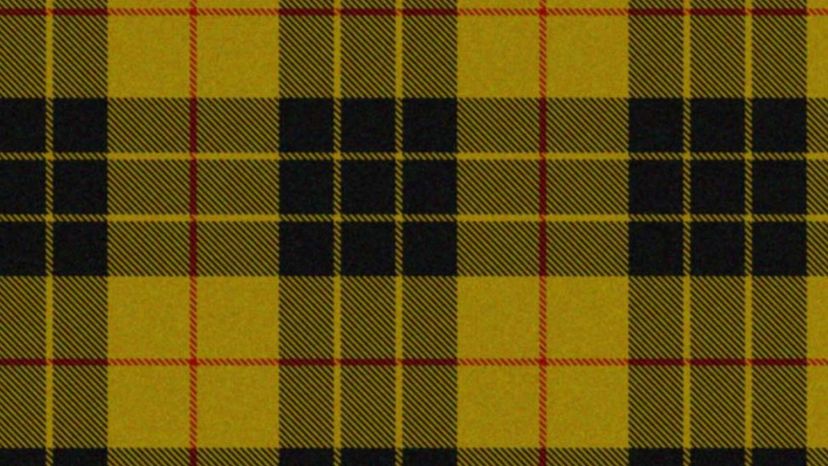
Advertisement
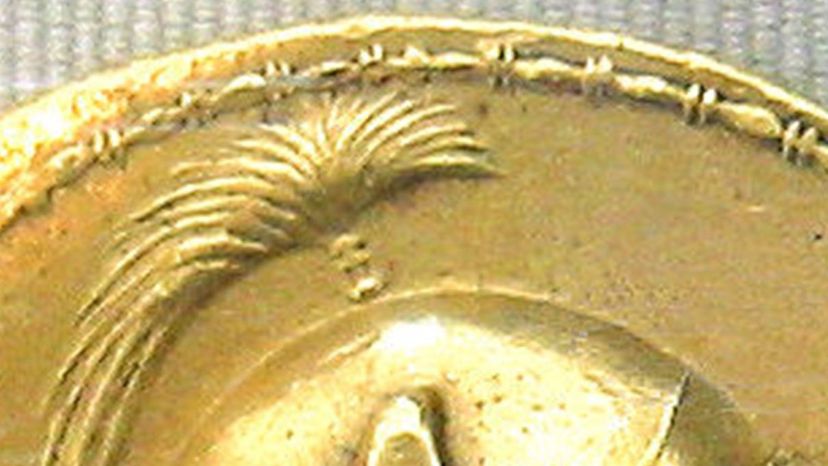
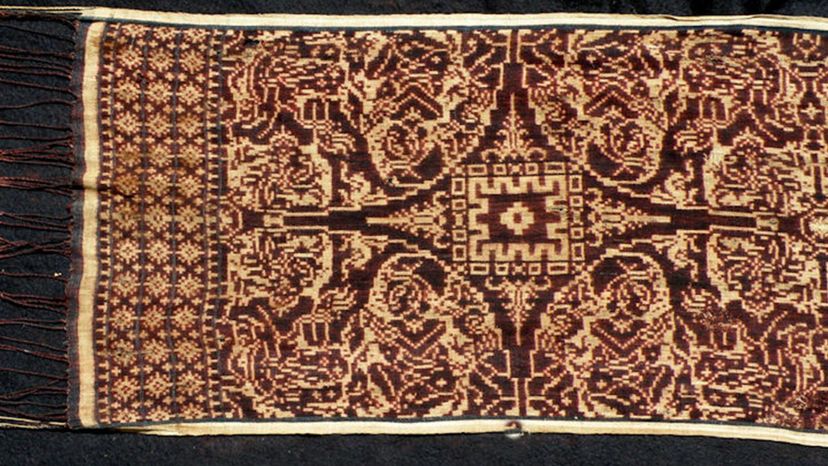

Advertisement
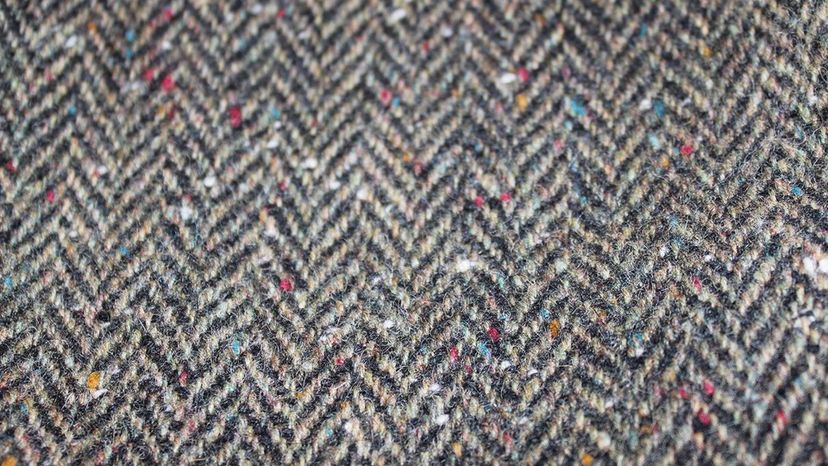
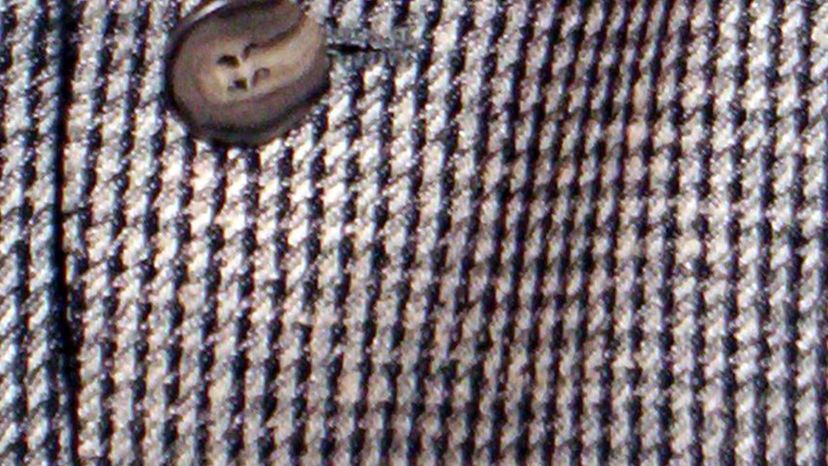
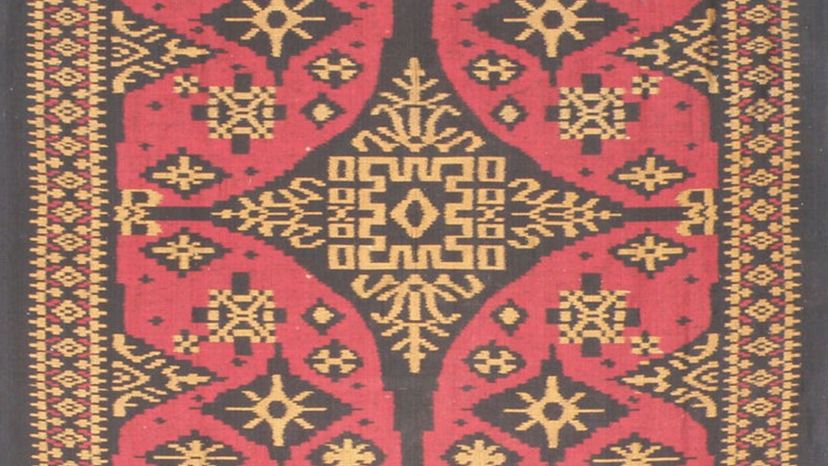
Advertisement
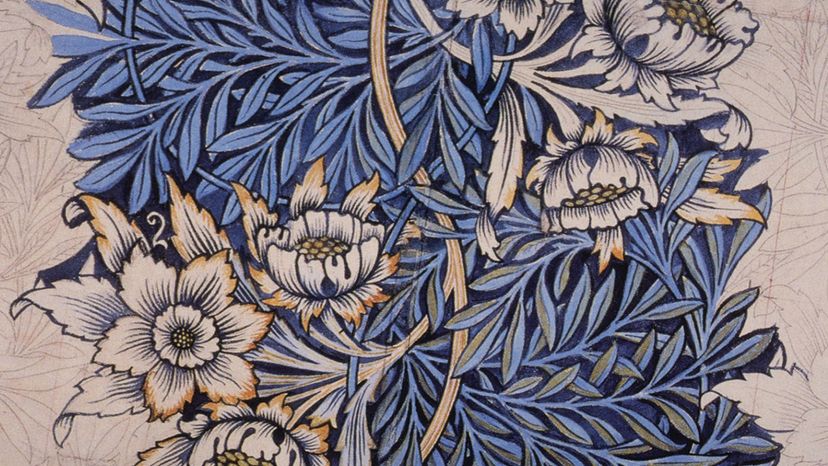
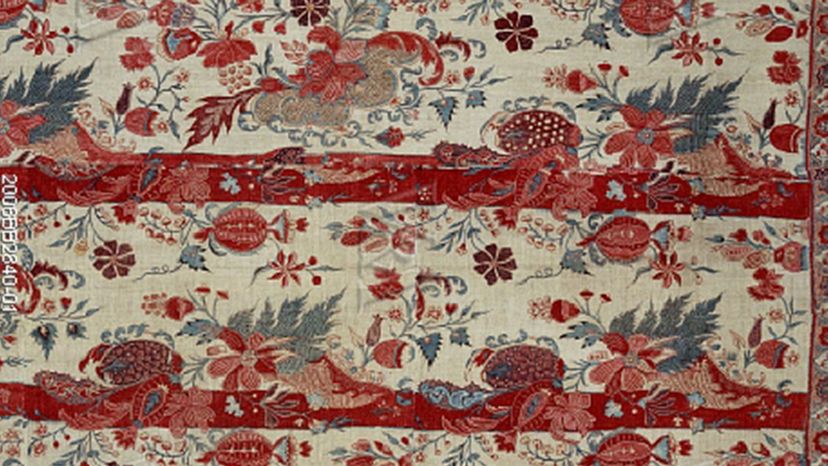
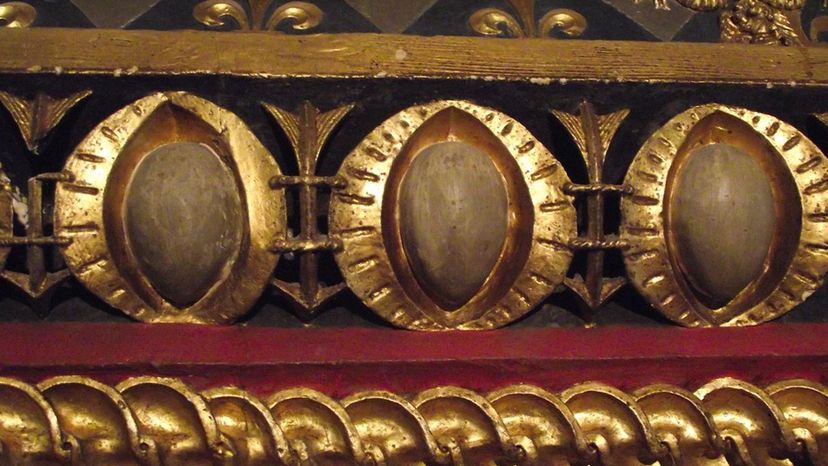
Advertisement
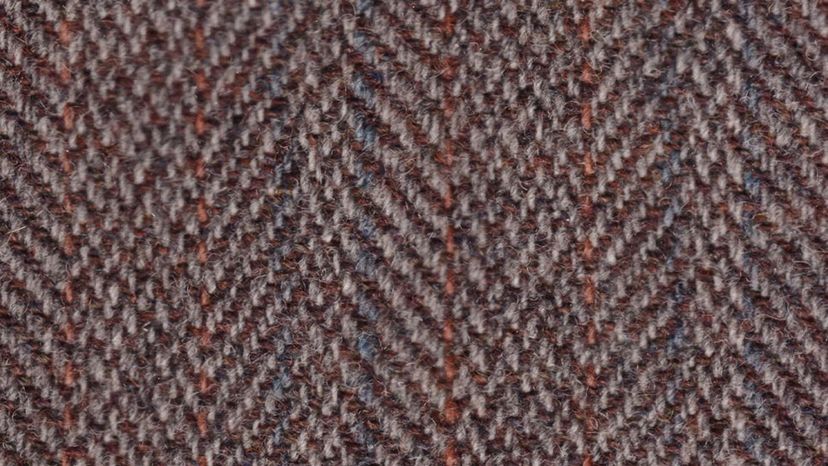
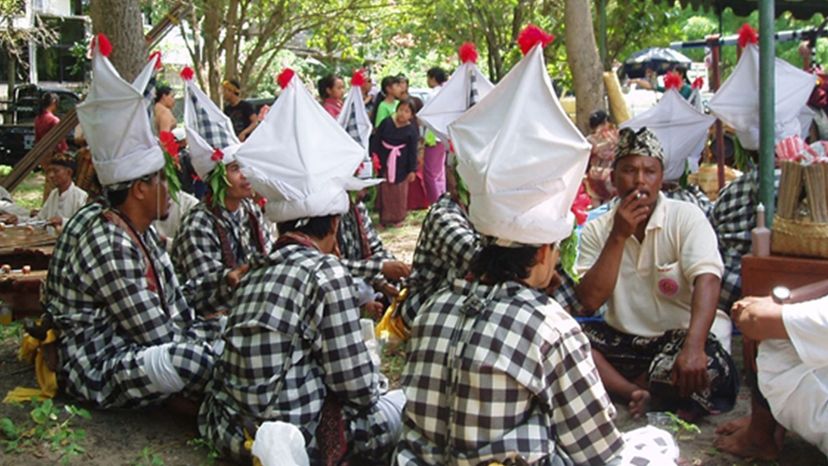
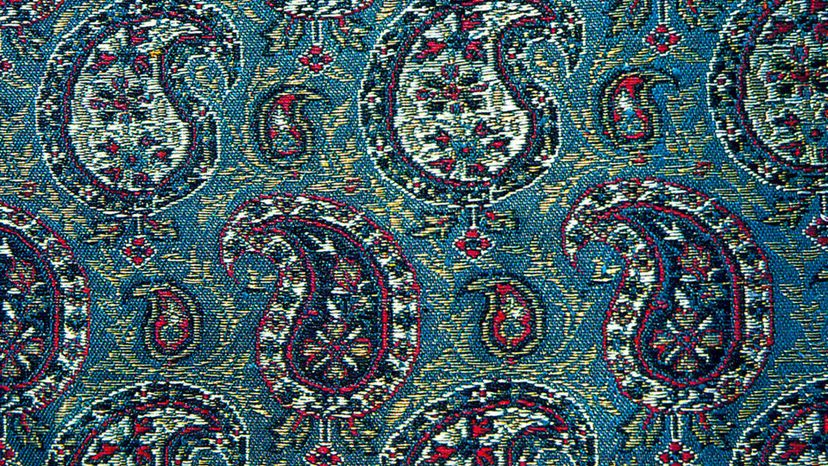
Advertisement
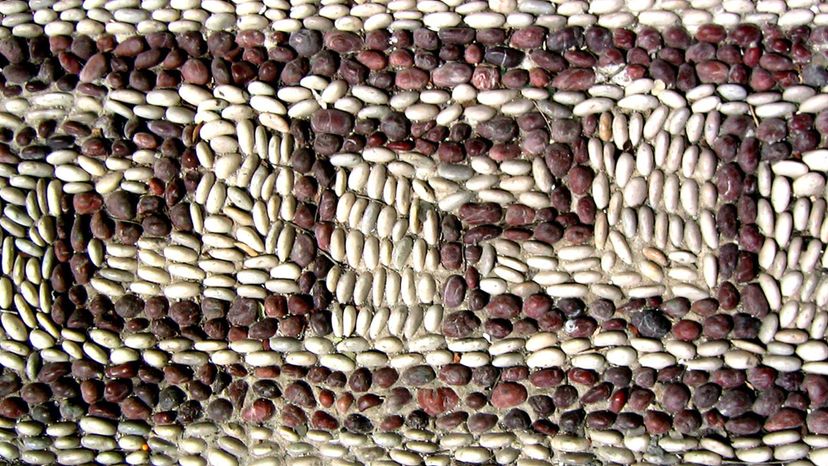
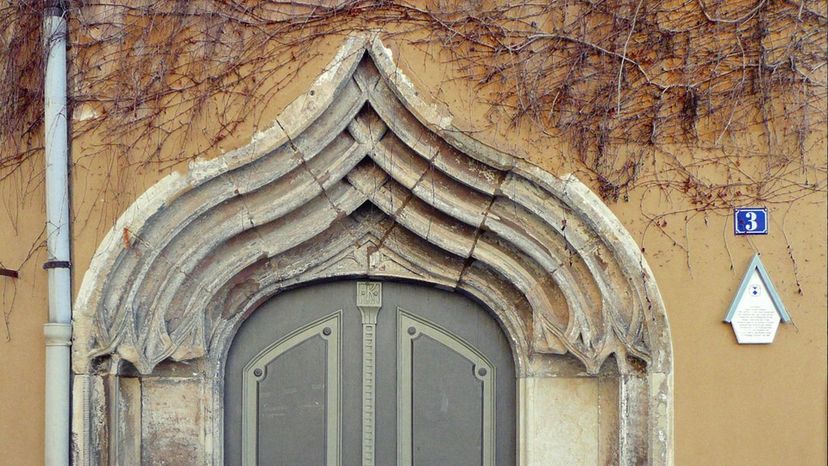

Advertisement
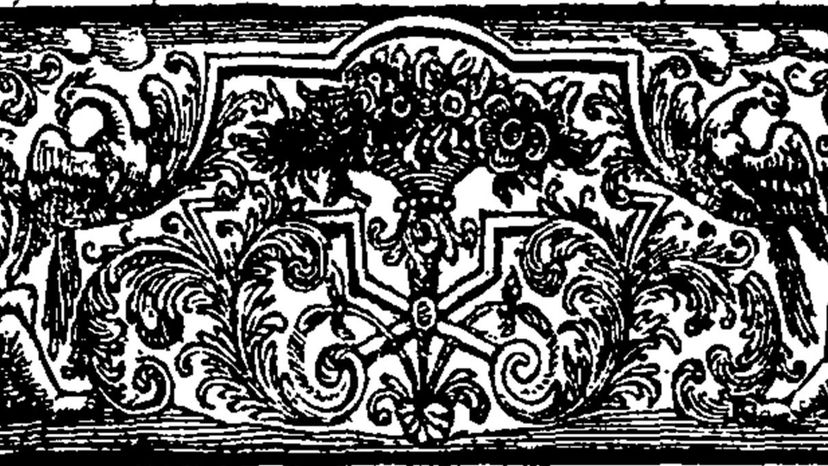
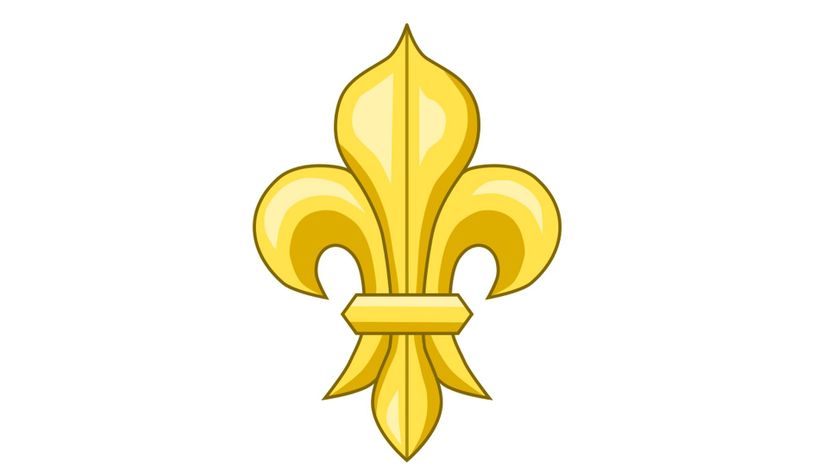
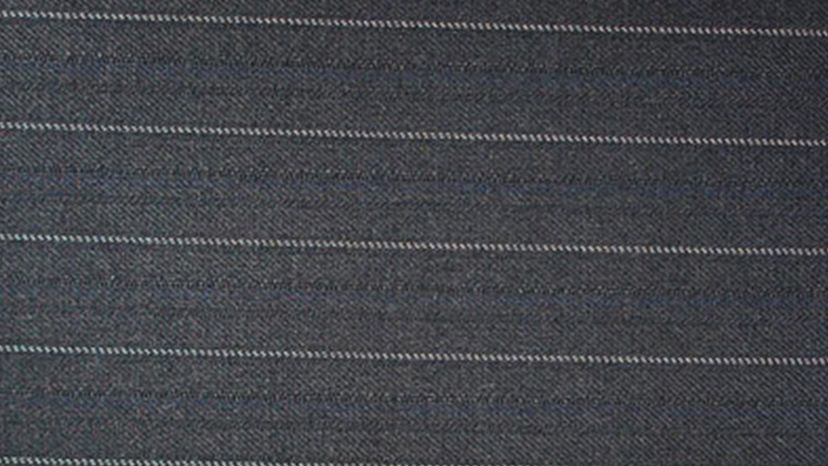
Advertisement
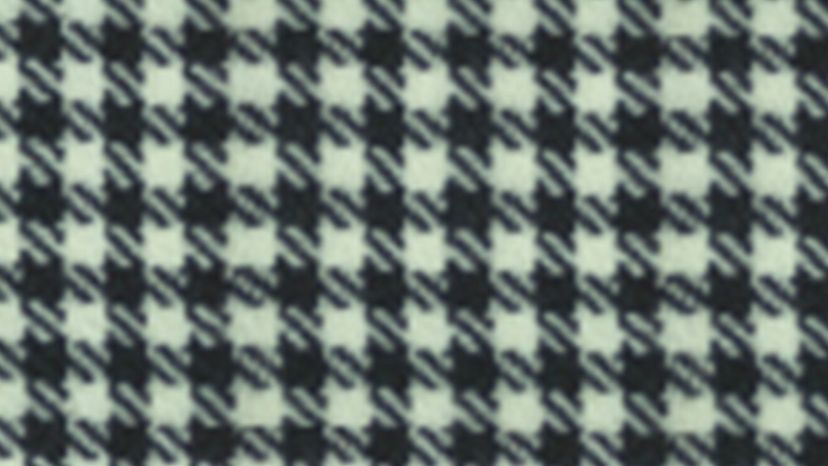
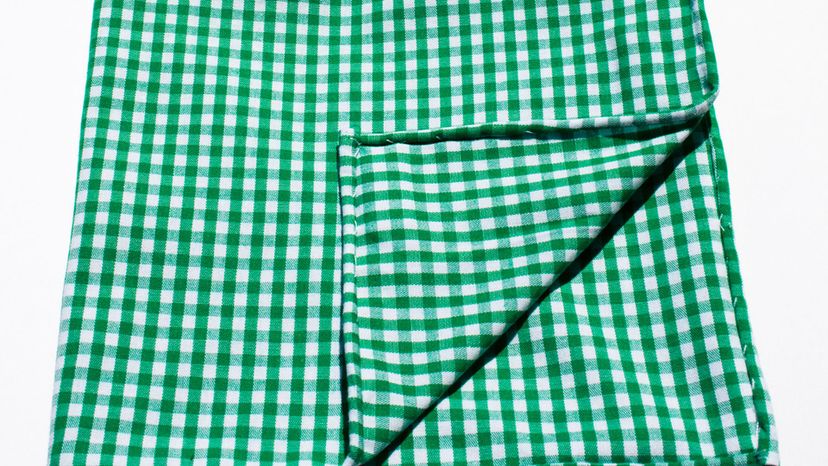
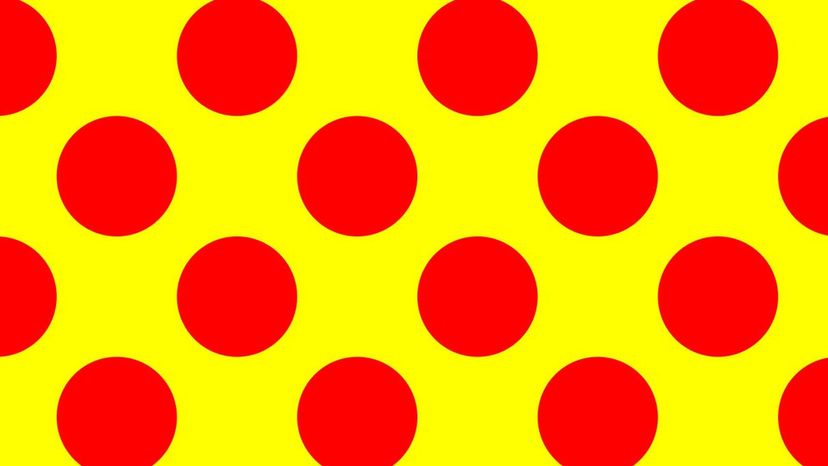
Advertisement
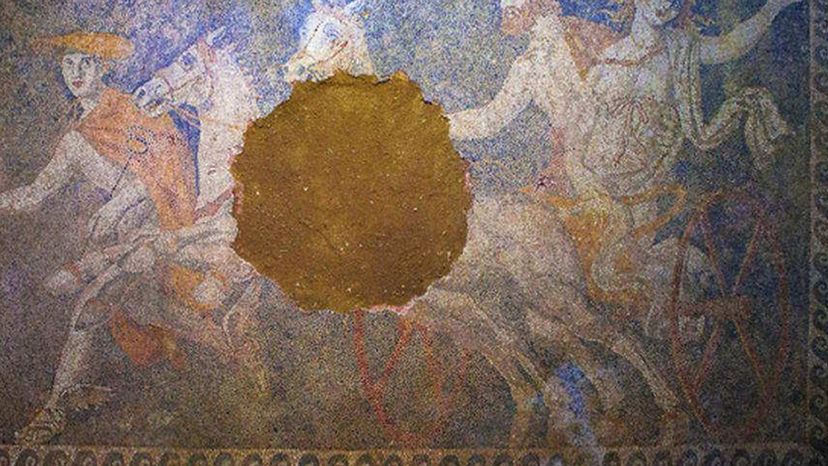


Advertisement
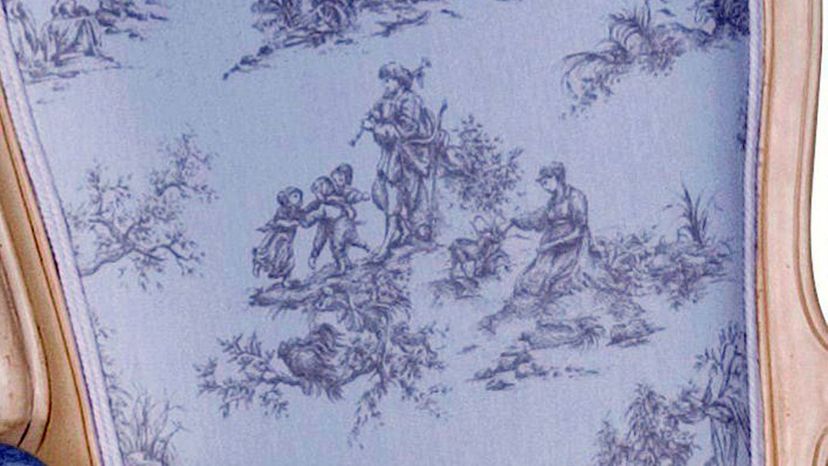


Advertisement
